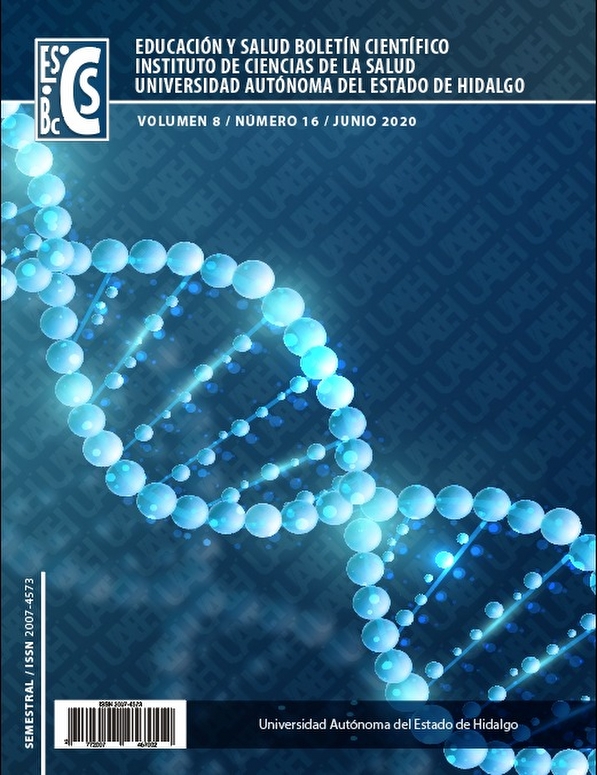Executive functions and depressive symptomatology in a sample of 3th grade of primary
Abstract
Executive functions are the abilities that a person has to control, regulate and plan their own behavior. The study of executive functions has allowed us to identify that when there is an alteration, it can be associated with changes in the behavior and emotional regulation of a person such as depression, which is a public health problem due to its high prevalence among the population. For this reason, the objective of this study was to identify if there are alterations in executive functions in a sample of 3rd grade of primary school with the presence of depressive symptomatology. With a non-experimental, transversal, descriptive design, a sample of 11 children between 8 and 9 years old participated. The Child Depression Questionnaire (CDI) and the Neuropsychological Battery of Executive Functions and Frontal Lobes (BANFE-II) were used, which were applied in the sample after parental informed consent. It was found that the sample shows symptoms of depression at a moderate to severe level, while in executive functioning, most participants are in a normal diagnosis, so there are no alterations. It is concluded that in this sample of children there is no alteration of executive functions, so the symptoms of depression may be associated with other factors, therefore monitoring is required to identify the evolution of executive functions and the emotional response according to the growth of the child.
Downloads
References
Flores J, Ostrosky F, Lozano A. Batería Neuropsicológica de Funciones Ejecutivas y Lóbulos Frontales-2: Manual del aplicador. 2nd ed. Ciudad de México: El Manual Moderno; 2014.
Ardila A, Surloff C. Dysexcutive syndromes. San Diego: Medlin: Neurology; 2007.
Diamond A, Lee K. Interventions Shown to Aid Executive Function Development in Children 4 to 12 Years Old. Science. 2011; 333(6045):959-964.
Flores J, Castillo-Preciado R, Jiménez-Miramonte N. Desarrollo de funciones ejecutivas, de la niñez a la juventud. Anales de Psicología. 2014; 30(2).
Ardila A, Ostrosky-Solís F. Desarrollo histórico de las Funciones Ejecutivas. Revista Neuropsicología, Neuropsiquiatría y Neurociencias. 2008; 8(1):1-21.
Lozano A, Ostrosky F. Desarrollo de las funciones ejecutivas y la corteza prefrontal. Revista Neuropsicología, Neuropsiquiatría y Neurociencias. 2011; 11(1):159-172.
Organización Mundial de la Salud. Depresión [Internet]. Organización Mundial de la Salud. 2018 [cited 20 August 2019]. Recuperado de: https://www.who.int/es/news-room/fact-sheets/detail/depression
American Psychiatric Association. Diagnostic and statistical manual of mental disorders. 5th ed. Washington, DC: American Psychiatric Association; 2013.
Berenzon S, Lara M, Robles R, Medina-Mora M. Depresión: estado del conocimiento y la necesidad de políticas públicas y planes de acción en México. Salud Pública de México. 2013; 55(1):74-80.
Almonte C, Montt M. Psicopatología infantil y de la adolescencia. Santiago: Mediterraneo; 2012.
Jiménez A, Wagner F, Rivera M, González C. Estudio de la depresión en estudiantes de la Ciudad de México y del Estado de Michoacán por medio de la versión revisada de la CES-D. Salud mental. 2015; 38(2):103-107.
Vilgis V, Silk T, Vance A. Executive function and attention in children and adolescents with depressive disorders: a systematic review. European Child & Adolescent Psychiatry. 2015; 24(4):365-384.
Kovacs M. Children’s Depression Inventory (CDI). Nueva York: Multi-health Systems, Inc.; 1992.
Meave S. Reporte de Experiencia Profesional [Licenciatura]. Universidad Nacional Autónoma de México; 2002.












